Know Your Customer
You need to, first and foremost, know your existing customer. Who is already visiting your website? Analytical data can be a treasure trove for understanding your users’ demographics. Google Analytics and other web analytics sites give you valuable information about users. You can, for example, find out what pages they’ve previously visited and where they live. Alexa and similar services provide additional information, including age, educational background, gender, and more. Checking followers’ profiles on your social media pages will provide insight into their interests and which time of day they are the most active online. This information can be used to help you attract new customers.
Decide who you want to attract as your model client. When you have decided who you are trying to reach, you can start by researching what they like. Research the products they want, their social media platforms, and the marketing techniques most effective for their demographic.
Your Landing Page: Perfect Your Landing Page
This is where all traffic will be directed, no matter which search link users click to find you. All user traffic will go on the landing page, regardless of which search links they use to see you. It can be used for any purpose. The landing page can be a homepage, an about us page, or a contact us page. All landing pages, no matter what their purpose is, should include these elements:
Stand out headline
The image that will catch your eye
Convincing value proposition
Call to action
There are other ways to improve your landing page. While the abovementioned elements are essential, you can also use different techniques. Demo videos can be used to interact with your customers and explain your product. Reduced navigation options are a subtle way to guide users to their desired next step. This can be achieved by removing outbound links which take users away from your current page. Keep your landing page simple but engaging by using the principles of color psychology and visual blocking. To generate organic traffic, include keywords in all your copy. When we talk about SEO, we’ll discuss the importance of keywords.
Create an Ideal Call to Action
The call to action is the most essential element of a landing page. A call to action is a prompt that encourages customers to move forward. It would help if you created a compelling call-to-action to encourage customers to take the next step, whether buying a product or signing up for a new account. Here are some basic guidelines for a compelling call to action.
Don’t make the user scroll. Make it easy for users to find your call to action without searching. Add a call to action at the bottom of your page or, better yet, make it pop up over the content.
Could you keep it simple? Ask only for what you need. You should be clear about what you want from them, how they will benefit from your help, and what they must do next.
Be sure to fit your demographic. While older users may prefer a traditional format, younger users will fill out the information using a Mad Libs style. Change the wording and layout to suit your ideal customer.
Motivate users by using buttons such as “Give me access” and “Start learning now.” This creates a sense of urgency. Make the button big.
Select your digital marketing strategy: PPC or SEO.
How do you drive online traffic now that you’ve defined your target audience and improved your site? This section will discuss the pros and cons of SEO and PPC strategies and how they can be used together.
Search Engine Optimizing (SEO)
SEO is a technique that aims to increase a website’s online presence through improved rankings on search engines. The SEO ranking cannot be purchased, and it’s referred to organically or naturally. SEO marketing strategies are driven by targeted traffic because specific search words direct users to certain websites. Your ranking will improve if you fill your website copy with keywords that match popular search phrases and words. This is because frequent keyword use helps search engine algorithms find your website and associate it with queries that contain the exact keywords. Now that we’ve briefly explained what it is let’s discuss the pros and cons of SEO.
Pros
This targeted traffic is free. It’s a great way to direct users to your site. SEO traffic is free because you do not pay search engines directly. However, you’ll need to hire a writer to get enough copy to boost your ranking. Certain demographics have predictable clicking habits, so you can target the right consumer.
Users have motivation. Targeted traffic brings motivated users, as they will likely be looking for solutions you can offer. The ranking reinforces this.
Users prefer organic results. Over 70% of searchers choose the top three organic results and ignore paid results. Ranking still matters, as 50% of users will choose the first organic search result.
Improves your visibility by securing your online presence. By providing valuable content online, you can increase traffic and, therefore, your ranking. When you achieve a high ranking, you become a trusted authority.
Cons
It will take time to optimize your site to match the search engine algorithms. You will then need to write valuable content to keep your customers coming back to you, provide answers, and motivate them to recommend you to others. Return on investment (ROI), a major concern for new businesses and small companies, will take some time.
Nothing is free. Unless you take everything on yourself, you must outsource to set up backlinks and write copy, especially in competitive markets where you will need copious amounts of content to increase your rank.
There is no guarantee. You can work tirelessly to increase your online presence, but there is no guarantee you will make it to the first page. Especially because no one fully understands Google, or other search engine, algorithms. The effort you put in may be for nothing if your content does not fit the algorithm, not to mention that Google can update its algorithm at any time, which may make your content obsolete.

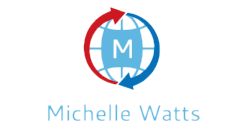
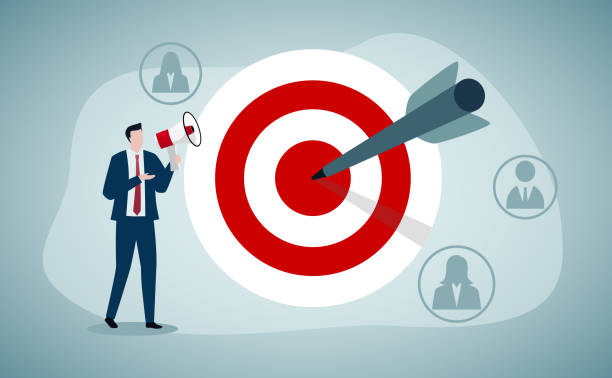

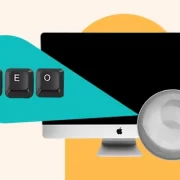
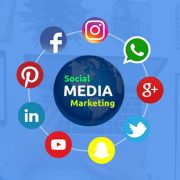


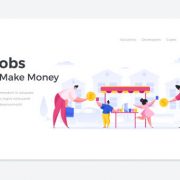
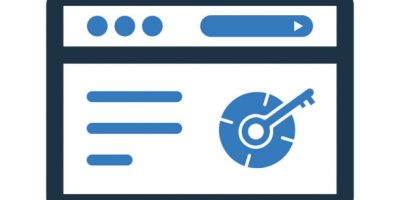









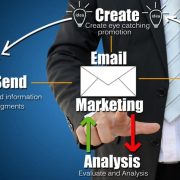
Comments